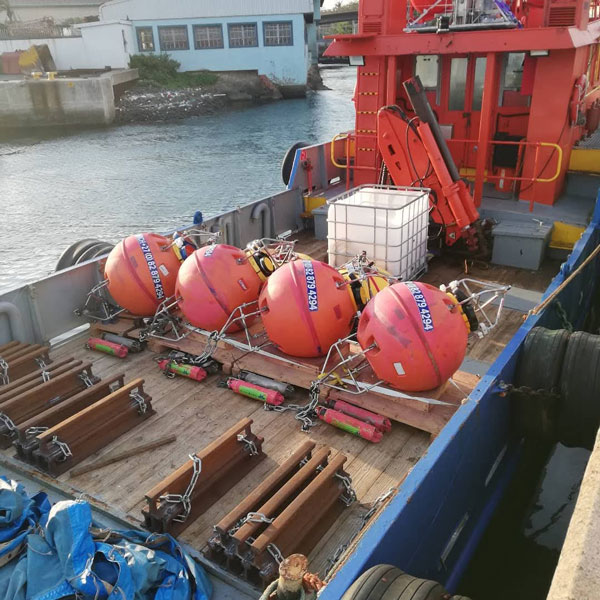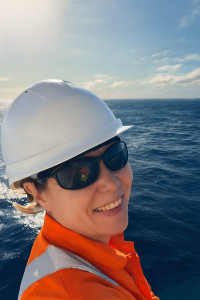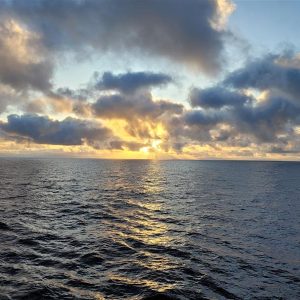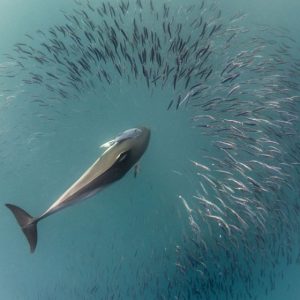← Back
How Our Oceanography PhD Researchers Unveil the Secrets of the Sea


Dr. Lisa Martinengo
Everything begins with curiosity. A question, a current, a satellite orbiting silently above the ocean. For Dr. Lisa Martinengo, that question led her to the turbulent waters of the Agulhas Bank, one of the most energetic marine regions on Earth. There, she discovered how the invisible dance of currents and winds sustains life, fisheries, and the delicate balance of marine ecosystems.
This same spirit drives every innovation at CLS. Because to protect what matters, we must first understand how it works. From field measurements to satellite data, from models to insights, our scientists transform knowledge into action ensuring that the ocean we study today remains a source of life tomorrow.
Today, we invite you to meet Dr. Martinengo, oceanography expert and passionate explorer of marine dynamics — she tells us (almost) everything about her journey beneath the surface.
What motivated you to pursue a PhD in Oceanography, and how has this shaped your career journey?
 The opportunity to pursue a PhD in Oceanography came at a fortuitous time, shortly after I decided to take a step back from the commercial sector due to unexpected life changes.
The opportunity to pursue a PhD in Oceanography came at a fortuitous time, shortly after I decided to take a step back from the commercial sector due to unexpected life changes.
Over the course of my career, I developed a strong interest in operational oceanography, and the PhD allowed me to combine this practical focus with a deeper scientific investigation of the highly dynamic Agulhas Bank, one of the most energetic and complex marine regions on earth.
The Agulhas Bank is a broad and shallow extension of the South African continental shelf where the warm Indian Ocean meets the cooler Atlantic waters. This convergence creates one of the world’s most dynamic marine regions — a hotspot of biodiversity, fisheries, and oceanographic energy that plays a vital role in global climate and ecosystem balance.
Can you tell us more about your recent publications and how they contribute to our understanding of the ocean?
My recent publications investigate the Cold Ridge, a seasonal upwelling feature on the Agulhas Bank that plays a key role in supporting the region’s marine productivity and commercial fisheries. Using a combination of in situ and satellite data, the research showed how ocean currents, eddies, and wind-driven processes interact to sustain this dynamic shelf system.
The work highlights the importance of sustained ocean monitoring in understanding how physical processes shape ecosystem variability, and in supporting more effective management of marine resources.

Why do you believe that science is essential to better protect, secure, and optimize the use of ocean resources?
A healthy ocean is vital to sustaining all life on Earth. It regulates our climate, supports biodiversity, and underpins food security and livelihoods across the globe. Understanding and protecting marine systems requires sound science and reliable data.
Continuous advances in ocean observing technology and numerical simulations have greatly improved our ability to study the ocean and detect and monitor change. These innovations enable us to respond more effectively to emerging environmental challenges and make informed decisions that support a sustainable future for both the ocean and society.




